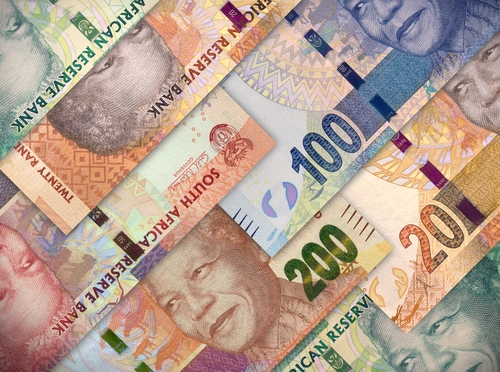- Summary:
- The USDZAR is the currency pair in focus as South Africa releases its employment data for the first quarter of 2020 at 9.30 am UTC on June 17.
Tomorrow at 9.30 am UTC, South Africa’s employment data will be released. This data is composed of the unemployment rate (consensus 35%; previous 29.1%) and the equivalent of the employment change data seen in the US and Canada, which is the Unemployed Persons number (consensus 6.9 million; previous 6.7 million).
At the current levels, South Africa has one of the highest rates of unemployment in the world, a situation which has been complicated by the near-collapse of industrial activity due to constant power cuts by the troubled state-owned power company Eskom, and lately the coronavirus pandemic. South Africa’s coronavirus infection and death rate remain the highest in Africa. It is against the backdrop of these events that analysts are predicting the employment conditions in the country to worsen significantly.
The currency in focus is the USDZAR. The Rand has recently been in uncharted territory, trading at all-time lows against the greenback in the week ended April 6, 2020. The weakness of the USD in recent weeks has allowed the Rand some reprieve, but tomorrow’s data may ZAR under pressure once more if the numbers are worse than expected.
Download our Q2 Market Global Market Outlook
Possible Scenarios for News Trade
The deviation to work with is 2 million for the Unemployed Persons number. No variation is required for the unemployment rate, except if there is a positive surprise. Both data sets must not conflict with each other for the reports to be tradable. In contrast with the NFP number in the US, the South African employment data must move in the same direction for the news to be tradable.
Therefore, if the number of unemployed persons exceeds 7.1million and the unemployment rate hovers around the 35% consensus figure (or higher), this is a ZAR-negative situation. With the USDZAR presently at the 16.98867 support level (January 18, 2016 previous high), the USDZAR could bounce from here in a move which targets the 17.74297 resistance. 18.54373 also remains a possibility down the road, depending on how bad the figures turn out.
On the flip side, a positive surprise which could be ZAR-positive may exist if the unemployment rate is below 23.2%, with a drop in the number of unemployed persons below 6.5million. This scenario could lead to a breakdown of the current support and opens the door for a decline to the 16.24536 support line. 15.97989 and 15.60824 remain relevant to the price picture, depending on how positive the numbers turn out to be.


